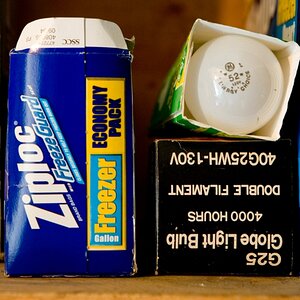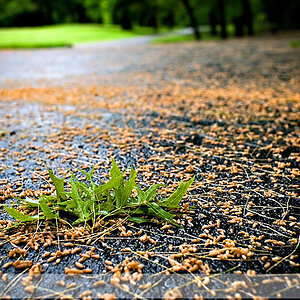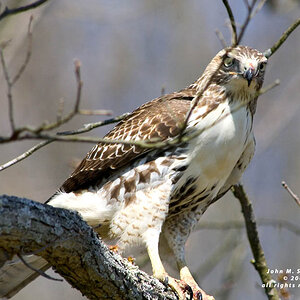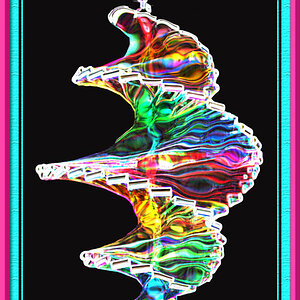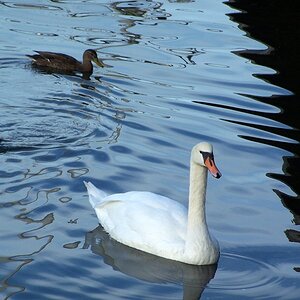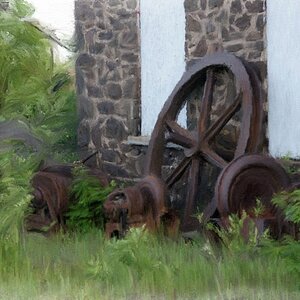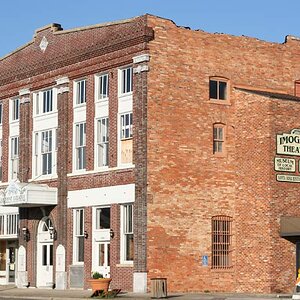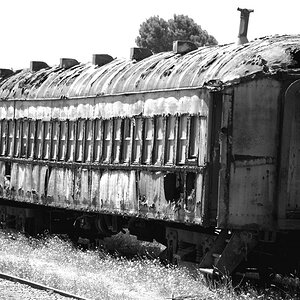marilyn777
TPF Noob!
- Joined
- May 9, 2018
- Messages
- 8
- Reaction score
- 6
- Location
- Ontario Canada
- Can others edit my Photos
- Photos OK to edit
Hello I'm a beginner with macro photography. I have only used the auto settings on my Fuji Film Finepix S5200. Recently I've wanted to branch out and explore the other settings on my camera like S, M, A. My special area of interest is macro. I have taken some pretty decent photos on auto but would like to see if I can do better on the other settings. I have been googling and youtubing info on the settings but most of the info involves expensive macro lens which I can't afford and won't fit my point and shoot. Can anyone give me some tips on ISO, F-Stops, Aperture, lighting? I shoot mostly flowers in macro. I realize I'll never get the up close some get using a macro lens but I would like to improve on what I've been using. Lately, I've been practicing with my flowering house plants because here in Ontario there is not much blooming yet. But once Summer comes I want to get some awesome photos. Any help, tips instructions would be welcome.


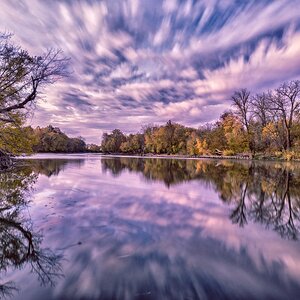
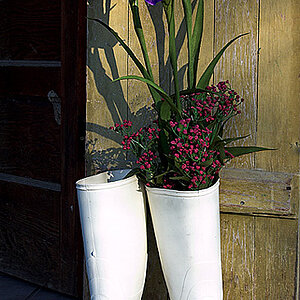
![[No title]](/data/xfmg/thumbnail/34/34061-e097813b3719866d07ff3e78e8119ffa.jpg?1619736258)

